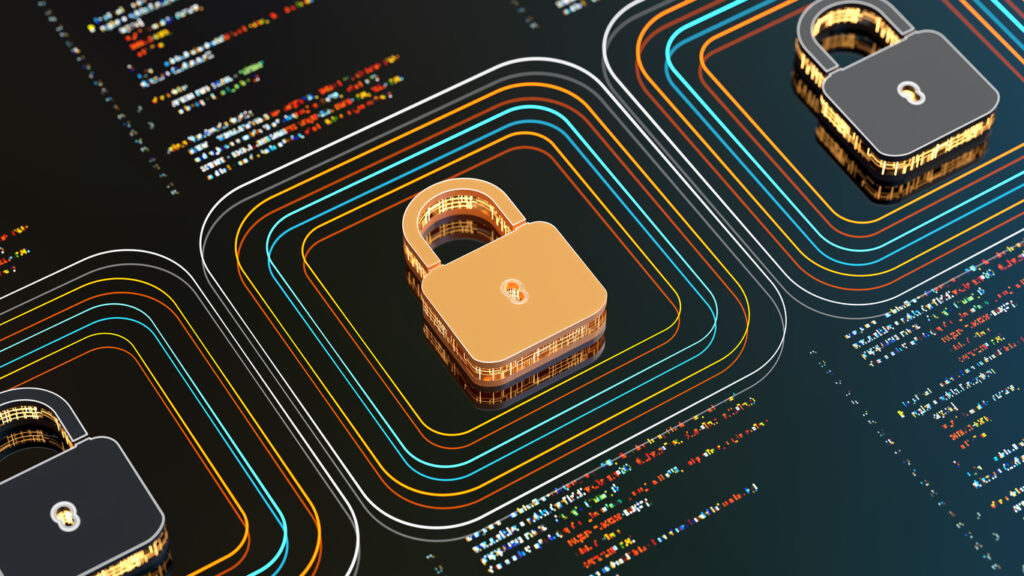Cybersecurity is an ever-evolving landscape that requires a dedicated, knowledgeable team to navigate its complexities. But who makes up this team? What roles do they play? And how do they work together to ensure an organization’s security posture is robust and resilient against cyber threats, data breaches, and cyberattacks?
The Role of a Cyber Security Team: A Broad Overview
At its core, a cybersecurity team’s role is to protect an organization’s IT security infrastructure from vulnerabilities and potential threats. The team is responsible for implementing security controls, monitoring suspicious activity, and taking immediate action against cybersecurity incidents. They collaborate with stakeholders, in-house staff, and providers to strengthen the overall security strategy and reduce risks from hackers and cybercrime.
Structure: How Is a Cyber Security Team Organized?
Every organization structures its cybersecurity team differently depending on needs and size. However, most teams include the following key roles:
- Chief Information Security Officer (CISO): The executive who owns the cybersecurity strategy, compliance requirements, and governance.
- Security Analyst: Performs vulnerability assessments, monitors for threats, and supports remediation.
- Security Engineer: Builds and maintains the security architecture and network security infrastructure, ensuring endpoint and application security.
- Security Manager: Oversees security operations, manages team members, and enforces security policies.
- Incident Responder: Leads the incident response plan during cybersecurity incidents, mitigating cyberattacks and data breaches.
Key Roles and Responsibilities in Detail
- CISO / Chief Information Security Officer: Sets the cybersecurity strategy, leads risk assessments, ensures compliance requirements are met, and aligns security measures with business goals.
- Security Analyst: Provides threat intelligence, uses SIEM and security tools to identify potential threats, and helps protect sensitive data.
- Security Engineer: Designs secure network architecture, maintains firewalls and access controls, and runs penetration testing to validate defenses.
- Security Manager: Manages people and processes, tracks metrics like mean time to detect/respond, and ensures processes reduce human error.
- Incident Responder: Executes the incident response plan, investigates security incidents, and drives mitigation to reduce damage.
- Security Architect: Designs long-term security architecture blueprints, validates systems against vulnerabilities, and ensures controls protect applications, workloads, and endpoints.
Responsibilities of the SOC Team
A Security Operations Center (SOC) acts as the hub of security operations. Within a SOC, cybersecurity roles often overlap with the wider security team:
- Tier 1 Security Analysts: Handle alerts, investigate suspicious activity, and escalate cyber threats.
- Tier 2 Analysts: Perform deeper threat hunting, vulnerability assessments, and validate alerts.
- Incident Responders: Manage cyberattacks and coordinate disaster recovery.
- SOC Manager: Oversees security systems, aligns processes to policy, and ensures security measures scale with the organization’s security risks.
How Security Architecture Unifies the Program
A mature cybersecurity program connects security architecture, design, and operations:
- Security architecture provides guardrails and security policies for networks, apps, cloud security, and identity.
- Security architects ensure consistent implementation of access control, firewalls, and automation while reducing vulnerabilities.
- Both providers and in-house security professionals follow the same incident response playbooks, certifications, and training programs to strengthen the organization’s security posture.
People, Process, and Proof
Cybersecurity professionals succeed when they balance skills, process, and evidence:
- People: Clearly defined cybersecurity roles, ongoing training programs, and career paths with certifications build resilience.
- Process: Standardized workflows, documented incident response plan testing, and consistent use of security tools minimize human error.
- Proof: Metrics tied to outcomes—such as reduced vulnerabilities, fewer data breaches, and better security operations metrics—demonstrate progress to stakeholders.
Risk, Compliance, and Business Enablement
Security must protect the organization’s security while enabling innovation:
- Perform regular risk assessments and align them to compliance requirements.
- Map security policies to frameworks like NIST and PCI DSS.
- Keep incident response tabletop exercises updated to stay prepared for cyber threats and evolving attack vectors.
Elevate Your Security Game with Tufin
While this guide provides a roadmap for cybersecurity team responsibilities, technology makes execution possible. Tufin Enterprise helps unify network security, enforce security controls, and automate policy management across hybrid environments. With automation, security architects and managers can reduce vulnerabilities, enforce consistent access control, and streamline remediation—without slowing delivery.
FAQs
What are some common cybersecurity vulnerabilities that security teams should address?
Vulnerabilities include outdated software, weak access control lists, unpatched endpoints, and poor authentication practices. Addressing these reduces opportunities for hackers and helps prevent malware, ransomware, and data breaches. For more insights, read about security operations metrics for cybersecurity.
How does an incident response plan fit into cyber security team responsibilities?
An incident response plan ensures security teams can identify, contain, and remediate security incidents quickly. By combining SIEM tools, automation, and documented workflows, incident responders reduce dwell time and strengthen resilience. Learn more by exploring our blog post on cyber security risk management.
What is the role of a security architect in cybersecurity?
A security architect designs network infrastructure, defines segmentation and security zones, and aligns the security strategy with organizational risk tolerance. They partner with engineers and security managers to protect sensitive data while enabling legitimate applications and business continuity. For more on emerging trends, check out inventive ways to combat cybersecurity skill shortage.
How do cybersecurity professionals use threat hunting?
Threat hunting allows analysts to proactively search for cyber threats beyond traditional alerts. Using APIs, event logs, and EDR, they can detect lateral movement, credential stealing attempts, and malicious macros before they escalate into breaches.
Why are training programs and certifications important for cybersecurity roles?
Training programs keep cybersecurity professionals current with attacker tradecraft, modern platforms, and compliance requirements. Certifications prove knowledge of security measures, security tools, and frameworks like NIST.
What are the benefits of automation in cybersecurity responsibilities?
Automation reduces false positives, accelerates remediation, and ensures consistent enforcement of security policies. From patching vulnerabilities to streamlining access requests, automated workflows improve both efficiency and security posture.
Wrapping Up
Cybersecurity is a multi-faceted field that requires a multi-disciplinary approach. By understanding the roles and responsibilities within a cybersecurity team, you set the stage for a more secure and resilient organization. And with Tufin’s suite of solutions, you can empower your team to meet these challenges head-on.
Ready to level up your cybersecurity efforts? Request a Tufin demo here.
Ready to Learn More
Get a Demo





